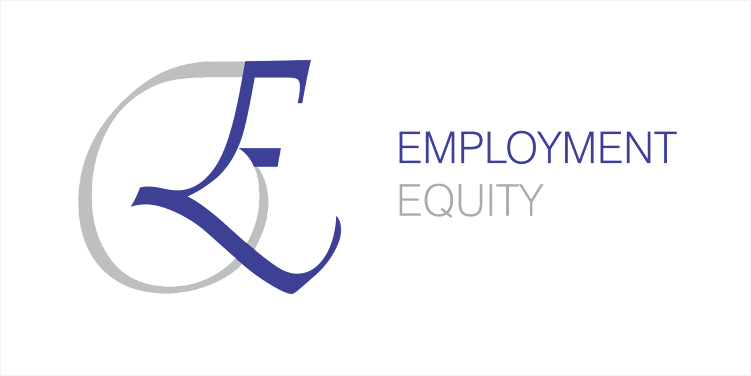In South Africa, employment equity is a commitment to redress past imbalances by promoting equal opportunity and fair treatment in employment. This commitment is enshrined in the Employment Equity Act, which was enacted with the aim of eliminating unfair discrimination and ensuring the equitable representation of people from designated groups in all occupational categories and levels in the workforce.
The Act defines 'designated groups' as black people, women, and people with disabilities. It requires 'designated employers' - those who employ 50 or more employees or have a total annual turnover that is equal to or above a specified amount in Schedule 4 of the Act - to implement affirmative action measures for people from designated groups.
To illustrate, let's consider a hypothetical South African company, 'ACME'. In response to the Employment Equity Act, ACME would be required to develop an Employment Equity Plan. This plan would outline specific goals and strategies to increase the representation of black people, women, and people with disabilities in their workforce, particularly at the leadership level.
This could involve initiatives such as targeted recruitment, skills development programs, and measures to retain and promote employees from these designated groups. It's a proactive commitment to creating a more diverse and inclusive workplace that reflects the rich diversity of South African society.
